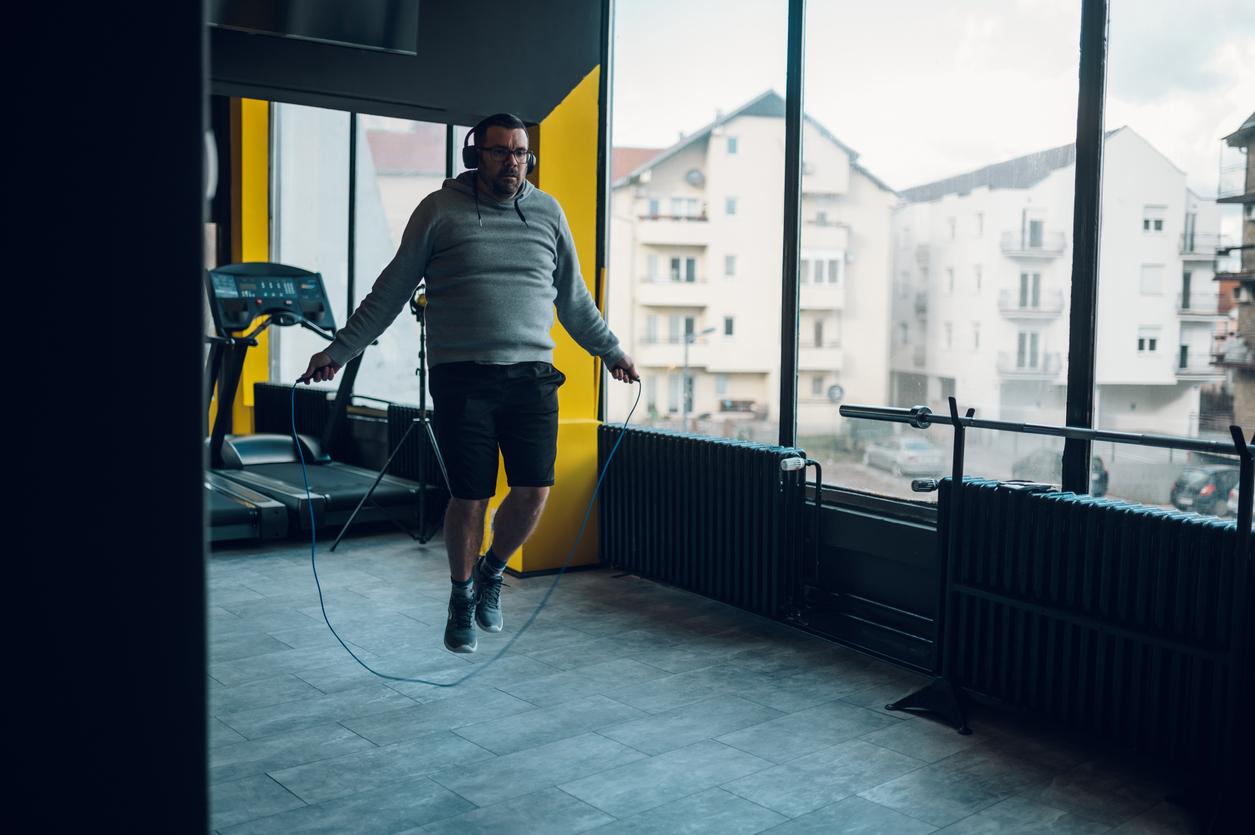After the sudden death of a young cyclist on Paris-Roubaix, a new study timely reveals that sport is only rarely a trigger for sudden death in young adults. On the other hand, this event most often occurs without warning symptoms.

The sudden death of the young Belgian cyclist, Michael Goolaerts, who died on Sunday evening during the Paris-Roubaix race, reminds us: every day, 110 sudden deaths occur in France and it does not only concern the fifties.
American researchers have analyzed the causes of sudden deaths and questioned some certainties, in particular among young adults. Their study was published on April 10, 2018 in the journal Circulation.
A major public health problem
In the United States, the prevention of sudden death in young adults remains an unresolved public health problem, even though sports activity is a recognized trigger for cardiac arrest. The death rate exceeds 90% with more than 300,000 American lives and nearly 40,000 French lives lost each year.
The risk of coronary artery disease increases especially with age and, therefore, a relatively low proportion of sudden deaths in young adults is thought to be linked to a myocardial infarction.
A large study on sport and sudden death
American researchers have specifically evaluated the association between standard cardiovascular risk factors, the occurrence of sudden death and sport as a trigger. To do this, they analyzed a cohort of people aged 5 to 34 who had suffered a sudden death and they analyzed all the associated parameters.
Of 3,775 sudden deaths, 186 (5%) occurred in young people, an average of 25.9 years old. In these young adults, the frequency of warning signs is low (29%), and only 26 (14%) of sudden deaths were triggered during sports activity. Among people under the age of 18, 39% of sudden deaths are associated with sports, compared to 13% among those aged 19 to 25 and 7% among those aged 25 to 34.
The underlying diseases
Overall, the most common illnesses associated with sudden death in young adults are cardiac arrhythmias (31%), coronary artery disease (22%), and hypertrophic cardiomyopathy (14%). In the young people in the study who had sudden death, we find a high frequency of classic cardiovascular risk factors (obesity, diabetes, hypertension, hyperlipidemia, smoking), with at least one factor observed in 58% of cases, obesity being the most common.
In addition, less than a third of sudden deaths in young adults have warning symptoms before the event, and sports activity is a trigger event in only 14% of cases. Among the 7 sudden sports-related deaths, three are accompanied by angina, two with palpitations and only one with dizziness and abdominal pain.
Of the 30 sudden non-sports deaths, 14 are accompanied by angina, 2 by palpitations, 2 by dizziness and 11 by other symptoms (abdominal pain or nausea, fatigue or headache).
Overweight is observed in 22% of cases (40% obese), diabetes in 9.2% of cases, hypertension in 14.9% of cases and a history of smoking in 25% of cases.
A comprehensive approach to prevention
Standard cardiovascular risk factors are found in more than half of patients. These results confirm the need for a comprehensive approach in the prevention of sudden death in young adults and they highlight the fact that screening questionnaires for sudden death based only on symptoms may not be effective for the assessment of the disease. risk in this population.
The researchers conclude that sport is involved in sudden death in a minority of cases and that in most people who die suddenly, death occurs without warning symptoms.
.















